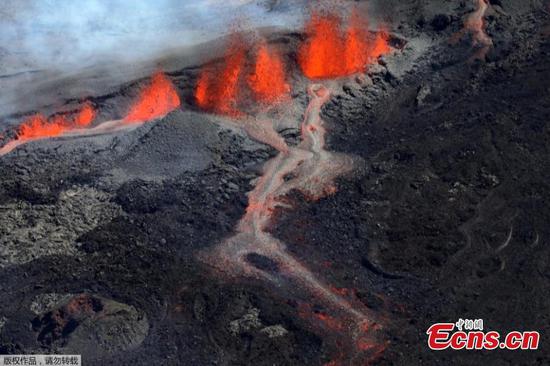Global coverage for mobile phones will be realized by 2025 when the broadband system for a 300-satellite Chinese constellation is completed, a scientist for the project announced Tuesday.
"A broadband system will enable seamless global intercommunication," Pang Zhihao, a retired rocket and aerospace expert who co-led the Hongyan project at the China Academy of Space Technology, told the Global Times on Tuesday.
Hongyan translates as "wild goose." In ancient China, geese were used to deliver messages.
Mobile phones will be able to connect "any time and place, and even in complex terrain," Hongyan project head Zhou Zhicheng said at a 2018 China Cybersecurity Week conference on Monday.
Construction of the constellation would combine low-orbit and high-orbit satellite technologies, according to Zhou.
The constellation consists of 300 low-orbit satellites and a global data processing center. Network security was one of top issues that would also be addressed by national authorities, Zhou said.
The constellation could also improve the accuracy of navigation provided by China's BeiDou satellite navigation system, according to an article released on Tuesday by China Aerospace Science and Technology Corporation where the Hongyan constellation is produced.
Hongyan could provide communication support on Arctic expeditions and dredgers, the article said.
Once completed, the Hongyan network will replace the ground-based network and allow a mobile phone to be connected in a remote desert or at sea.


















































